Perhaps the first question that we have to ask is really “homologation special” for what? Have you ever looked at the Peugeot 405 T16 of road and compared it with the 405 T16 of competition? They have nothing to do with each other.
Aside from the styling, the only aspect that seems to unite the road and competition versions is the… front and rear optics. The competition 405 T16s were real “monsters” conceived for the purpose — an evolution of the 205 T16s in Group B — with tubular chassis, engines in a central rear position and took on the coupé format — a bodywork that the 405 never had, just arriving with its successor, the elegant 406 Coupé.
We saw them conquer the dunes of the Dakar (1989-1990) and the “race to the clouds” at Pikes Peak (1988-1989), with the emphasis on pilot Ari Vatanen at the wheel — if you haven't seen the movie Climb Dance starring the Peugeot 405 T16, Ari Vatanen and Pikes Peak, this is your opportunity:
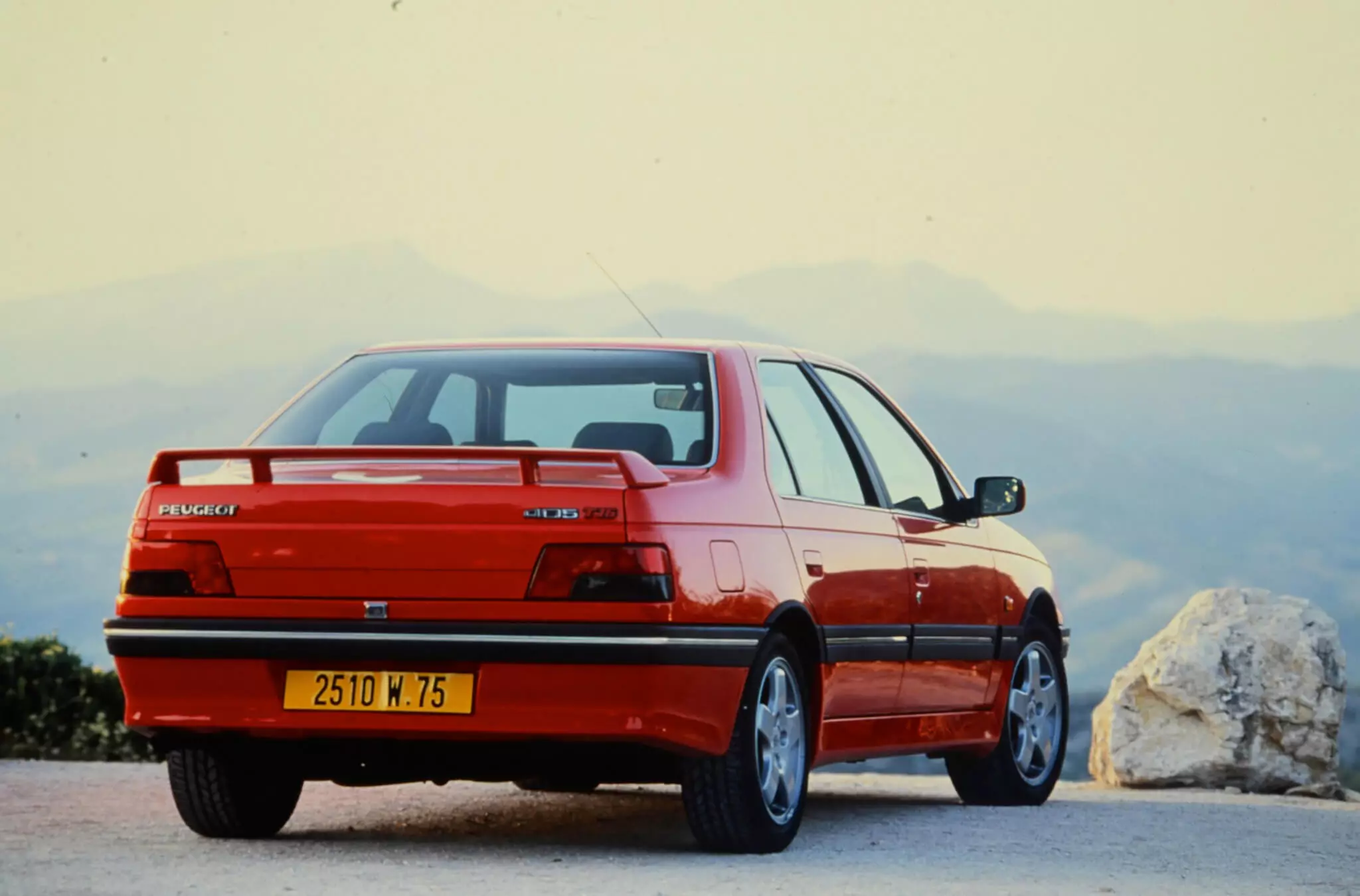
Furthermore, the chronology seems to be reversed. When the Peugeot 405 T16 homologation special appeared, it was 1993, several years after the victories achieved in competition. By this time Peugeot had already given up on the 405 T16 in competition (it evolved into the also dominating Citroën ZX Rallye Raid), focusing its attention on sport-prototypes with the 905 and was a year away from reaching Formula 1.
Do we want to know about these inconsistencies? Not at all… The important thing is that there was a 405 T16, which had the power to “recover the faith” of the fans of the first 405 Mi16 and its dynamic skills, lost in the second iteration of the model.
405 Mi16, the predecessor
The first 405 Mi16, the first truly sporty version of the French saloon, was the one that elevated the 405 to much more than a competent but somewhat modest family saloon. It's no exaggeration to say that if the 205 GTi were a four-door sedan it would be the 405 Mi16, such was the demonic character of this model.
Subscribe to our newsletter
Why? The Mi16's dynamic attitude was characterized by an expressive overturning trend, just like the legendary 205 GTI, to which was added a rotating four-cylinder 1.9l with 160hp. The media loved him, he quickly gained a legion of fans and managed a very successful commercial career. This state of grace would not last.

In 1992 the Peugeot 405 received a restyling which also affected its character. It would become a more complete, refined, matured vehicle that greatly benefited the model, but also affected the 405 Mi16. It became a different “animal”, as it was… “domesticated”. Left out was the rebellious dynamic attitude — unworthy of a family saloon with ambitions to become an executive — and the new, rounder 155 hp 2.0 l that powered it didn't help as performance deteriorated.
The feeling of disappointment was general and was reflected in sales. Something had to be done.
405 T16, the savior
The second iteration of the 405 Mi16 would be virtually forgotten when Peugeot unveiled the 405 T16: here was the real successor to the first Mi16, albeit distinct in its solutions. I refer, of course, to the addition of a turbocharger and four-wheel drive (there was a 405 Mi16x4, pre-restyling, but it sold little, but from which the T16 inherited the four-wheel drive system).
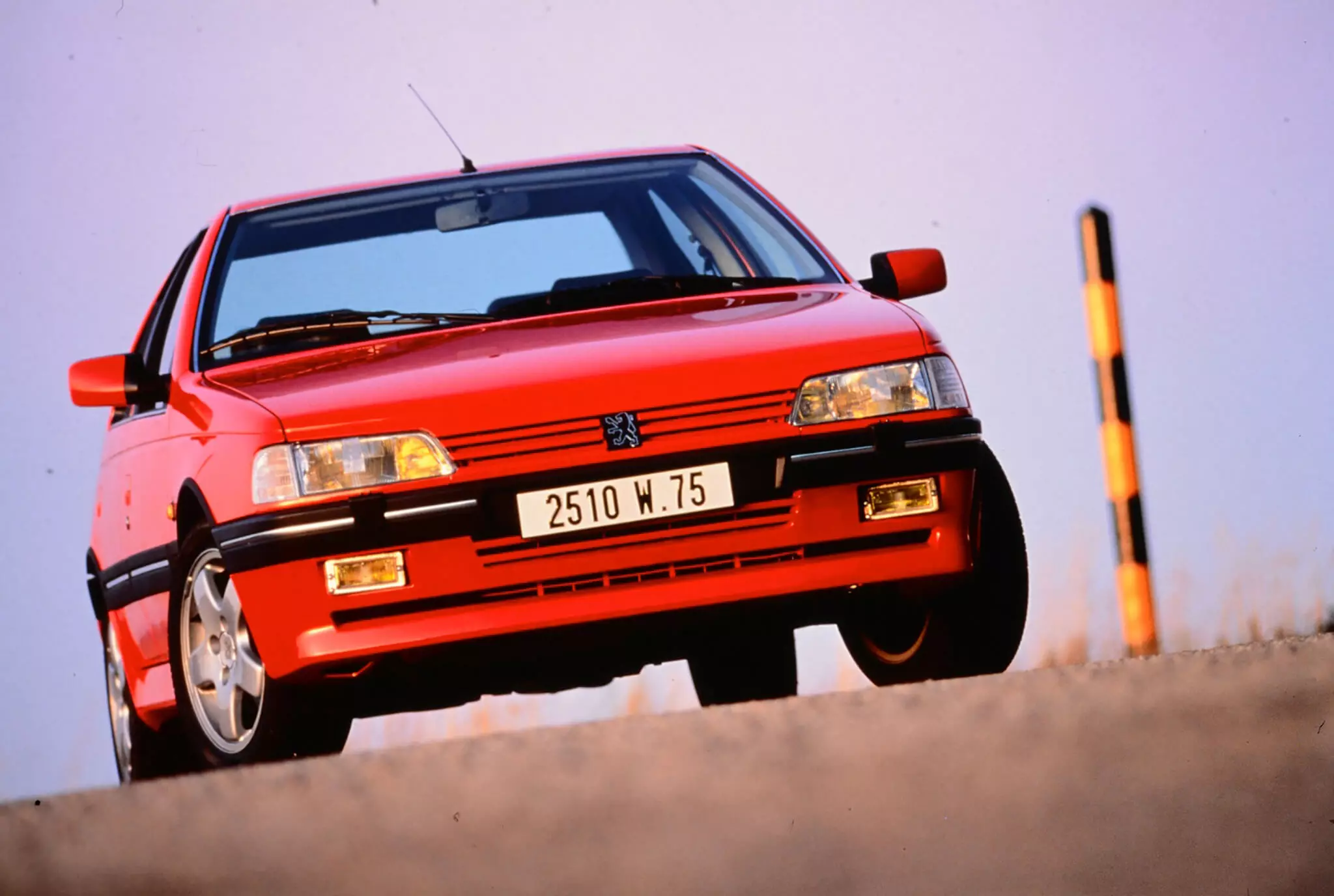
The additional ballast of the four-wheel drive system was offset by the additional horses provided by the turbocharger. With 200 hp and approximately 300 Nm, the 405 T16 was a seriously fast machine for its height: just over 7s to reach 100 km/h, less than 28s for the first kilometer and 235 km/h top speed.
But the “fun” didn't stop there. The 405 T16 came with an overboost function: during 45s the turbo saw its pressure rise from 1.1 to 1.3 bar, ensuring an additional 20 hp during this period.
Character restored?
Being so different from the first Mi16 on a mechanical and transmission level it could hardly emulate the same demonic character. That said, the T16 has re-established the 405 as one of the top sports saloons on the market and has given it back the “joy of living”.
The 405 T16 exhibited an understeer tendency when entering corners — the permanent, viscous-coupled all-wheel drive system was sending 53 percent of its power to the front axle — but after that initial moment, the attitude changed. Reports at the time range from neutral and four-wheel drifts, to a co-operative rear, “pushing” the front axle into the curve — no dramatic “crossovers” like the early Mi16s.
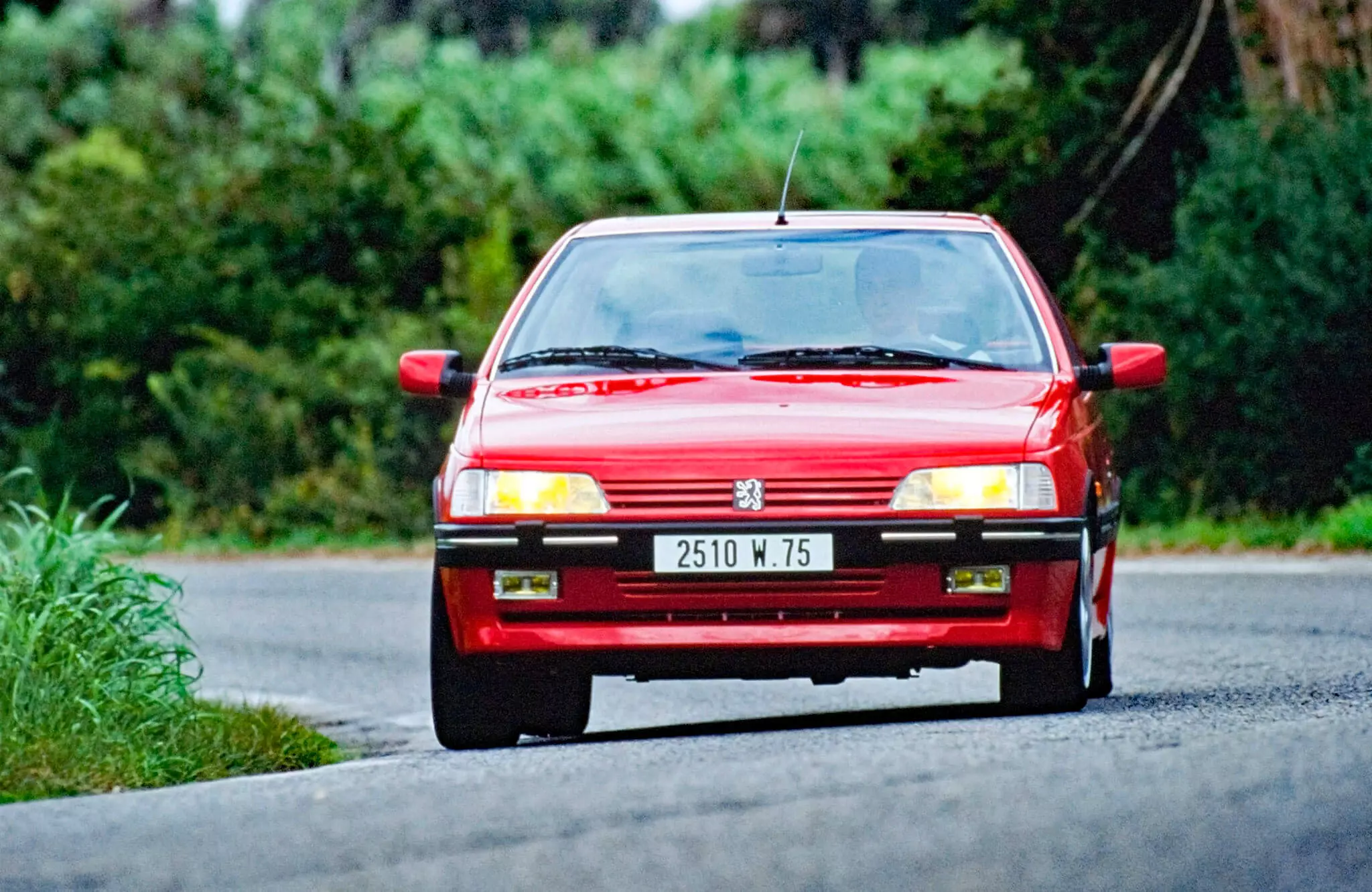
The point is that it has become a much more rewarding and captivating driving experience, with the added performance guaranteeing you the ability to devour kilometers (very) quickly, no matter what type of road you drive. The 200 hp guaranteed it, but also the very adherent Pirelli PZero that fitted the T16.
The only and unanimous big criticism? The five-speed manual gearbox. This one came from the bigger 605 V6, the only one from Peugeot capable of handling the torque of the 2.0 Turbo, but hardly suited in action, course and feel to the sportier characteristics of the T16.
In addition to calling the curves “you”, the dynamic attributes were much broader and practically unique among the sports saloons of the time. As was customary in Peugeots — and most French cars — it was also imbued with that magical combination of dynamic skills and ride comfort. In this case, with the invaluable help of Citroën's hydropneumatic rear suspension, the 405 T16 guarantees road racing capabilities above its rivals.
Rare
Launched in 1993 — towards the end of the (European) career of the Peugeot 405 — the 405 T16 would be produced, according to the manufacturer, at the rate of 1500-2000 units per year until the arrival of the successor to the 405, the Peugeot 406 in 1995. Well… it wasn't quite like that.
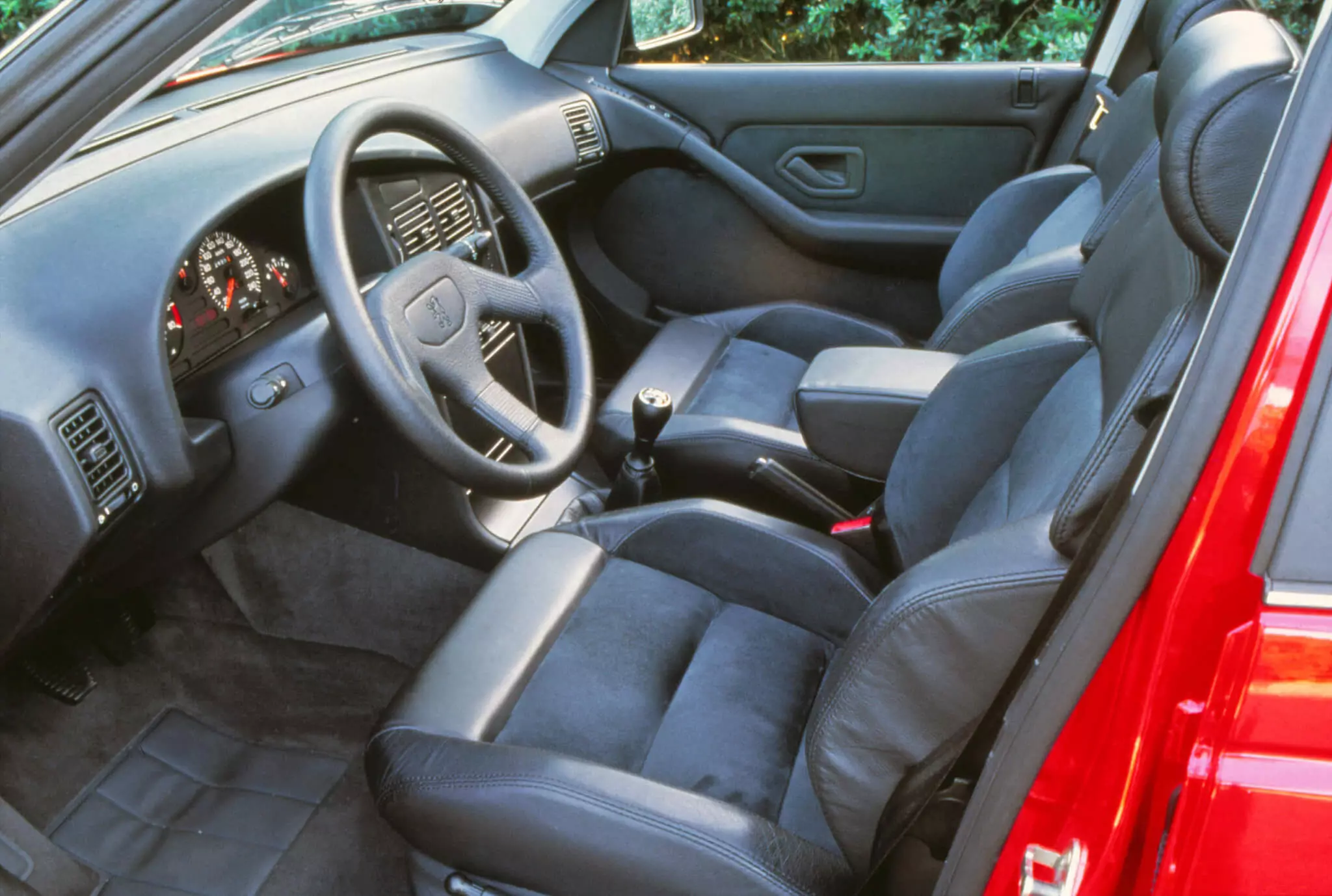
The sports saloon market was somewhat saturated by this time — Ford Sierra Cosworth, Alfa Romeo 155 Q4, Opel Vectra Turbo 4×4, etc. Added to a weaker economy, a high price and the fact that it was only produced with left-hand drive (it was outside the UK, one of the main European markets for this type of machines), contributed to the fact that they were only made. 1061 units.
Of those, 60 were eventually acquired by Gendarmerie Nationale. It is not known for sure how many, but there must still have been plenty of the T16s that also saw their engines end up under the hood of countless Peugeot 205 GTIs. How many Peugeot 405 T16s are left, immaculate? Not many, apparently.
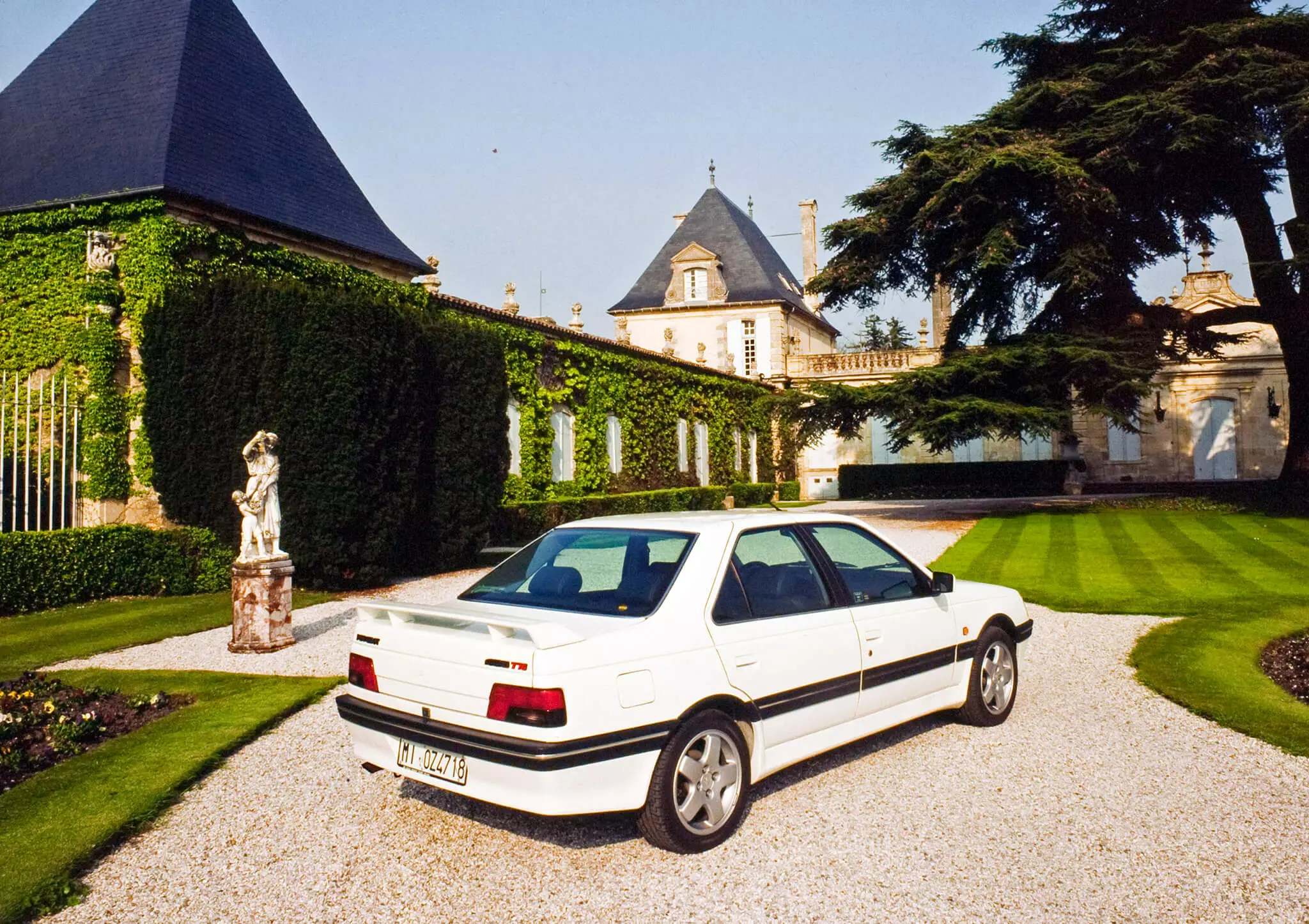
2021, the return of the Peugeot sports saloon?
Amazingly, the Peugeot 405 T16 was the brand's last sports saloon. Since then, for whatever reason, among the successors of the 405 — the 406, 407 and already two generations of the 508 — there has never been a version as specific in their intent as the 405 T16 or even the Mi16. There has never been…until now.
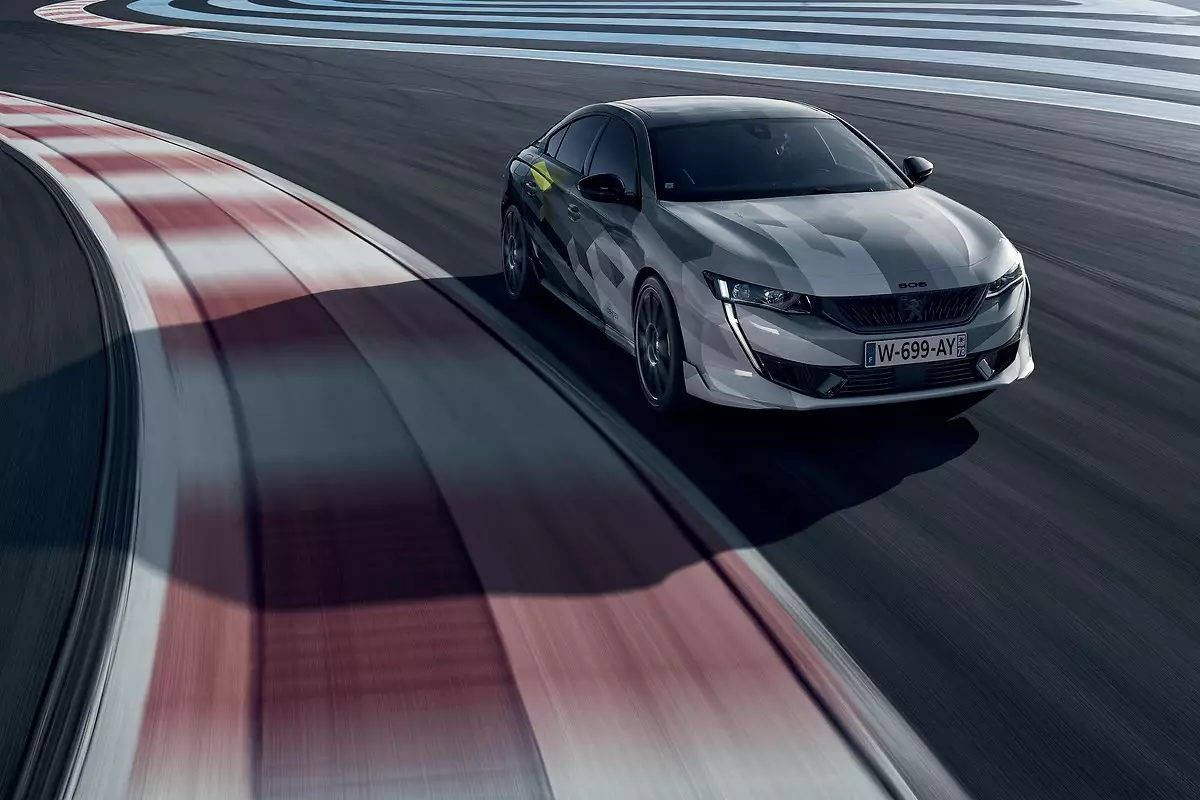
Already revealed, the Peugeot 508 PSE (Peugeot Sport Engineered) should have come to us later this year — blame the pandemic. It will be late, but it will and that is good news. The returned Peugeot sports saloon, however, lives up to its times — yes, it will be an electrified machine, in this case a plug-in hybrid.
The 508 PSE's hydrocarbon-electron combination guarantees the necessary power — 350-360 hp — as well as performance (just over 5.0s at 0-100 km/h, 250 km/h top speed), but what matters to really know is about the character of its mechanics, how it will behave and how it will connect with whoever drives it. As the 405 taught us, more important than pure performance is the always subjective man-machine connection that has come to fruition and endure.

About "Glories of the Past." . It is the section of Razão Automóvel dedicated to models and versions that somehow stood out. We like to remember the machines that once made us dream. Join us on this journey through time here at Razão Automóvel.
